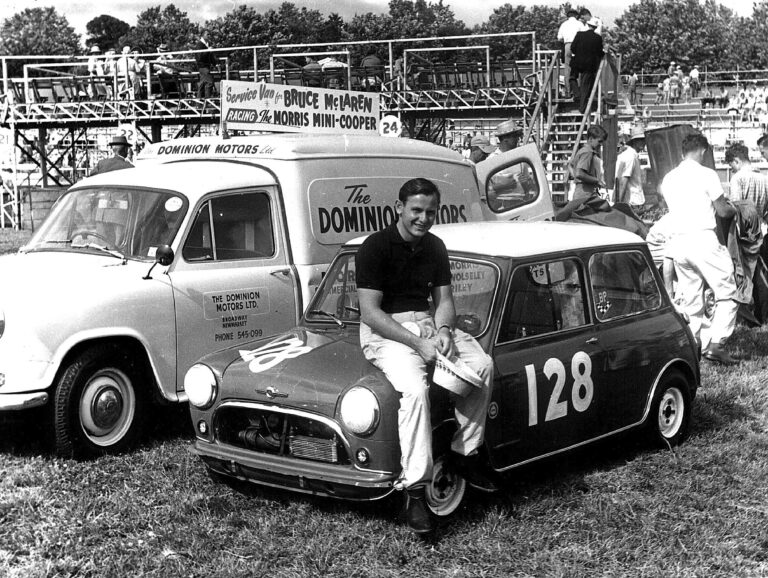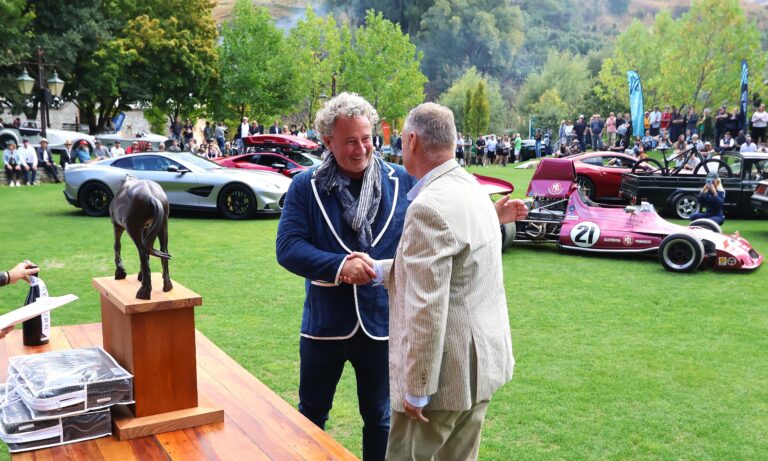THEY MIGHT LOOK SIMILAR, BUT A QUARTER OF A CENTURY OF PROGRESS SEPARATES THIS EXAMPLE OF THE LAST OF THE AIR-COOLED 911s FROM THE LATEST INCARNATION.
HOW DO THEY COMPARE?

Porsche has launched a new 911. At first glance, and from the side, it’s like most new 911s: really difficult to differentiate from the previous model. It’s so similar that the pop-out door handles are one of the main talking points. Yet all the panels, apart from maybe the petrol flap, are new. You might be tempted to think that Porsche wasted its money but, of course, the new body clothes improvements to almost every aspect of the car.
If you compare silhouettes, the nose is longer in this version, the 992, than in its 991 predecessor. That makes it more scrapable over driveways, but you can raise the front by 40mm to give it clearance. Porsche says that in designing this car, it deliberately harked back to earlier models. For example, the 992 features the fluted bonnet last seen on the 993, which adds a welcome tautness to the new car’s lines.
Before we go on, you may be asking what business a brand-new car has appearing in a classic car magazine. Well, it could be argued that any Porsche sports car is an instant classic, but the 911 qualifies uniquely. Yes, other cars have kept the same name for a long time, but those cars have changed beyond all recognition in their lifetimes, from model to model. No other car has remained so rigidly faithful to its original design in look and purpose throughout a 50-plus-year lifespan and eight models, as the Porsche 911.
So it makes perfect sense to us to compare it with the last, and some say the best, of the air-cooled 911s: the 993 — which also served as inspiration for this car.
Thanks to former Porsche Club president David Mackrell — discerning collector, racer, and owner of a concours-winning Porsche 356 that has already featured in this magazine’s pages — we were able to do just that.


Porsche customers know what they like
In launching each new model, Porsche has been at pains to point out how faithfully it has stuck to the classic formula, and well it might, as more than 40 per cent of Porsche 911 buyers already own one, and they know what they like.

Porsche learned this lesson in 1978, when it launched the 928 and said that it was going to replace the 911. The Porsche faithful demanded that the 911 continue and, since then, Porsche has taken very good care not to spoil a good thing.
One of those good things is the silhouette, especially the line over the top of the car. It has remained almost identical, if flattened a bit, throughout its many iterations, although the upright headlights have melted away. While the roofline has remained much the same, the cars have got wider. This car is 45mm wider at the front and 44mm wider at the rear than the outgoing model and, with rear-wheel width having already been pushed to extremes earlier on the journey, the rear wheels are now taller as well. They are 21 inches in diameter, compared with 20 inches on the front.
The most obvious changes can been seen from the rear. The high-mounted rear lights and extra width make this Porsche look more like a standard supercar from the back than any previous version. Has the 911, ‘the ultimate sports car’, become too bloated? Is it now just another big luxury car with a sport mode?
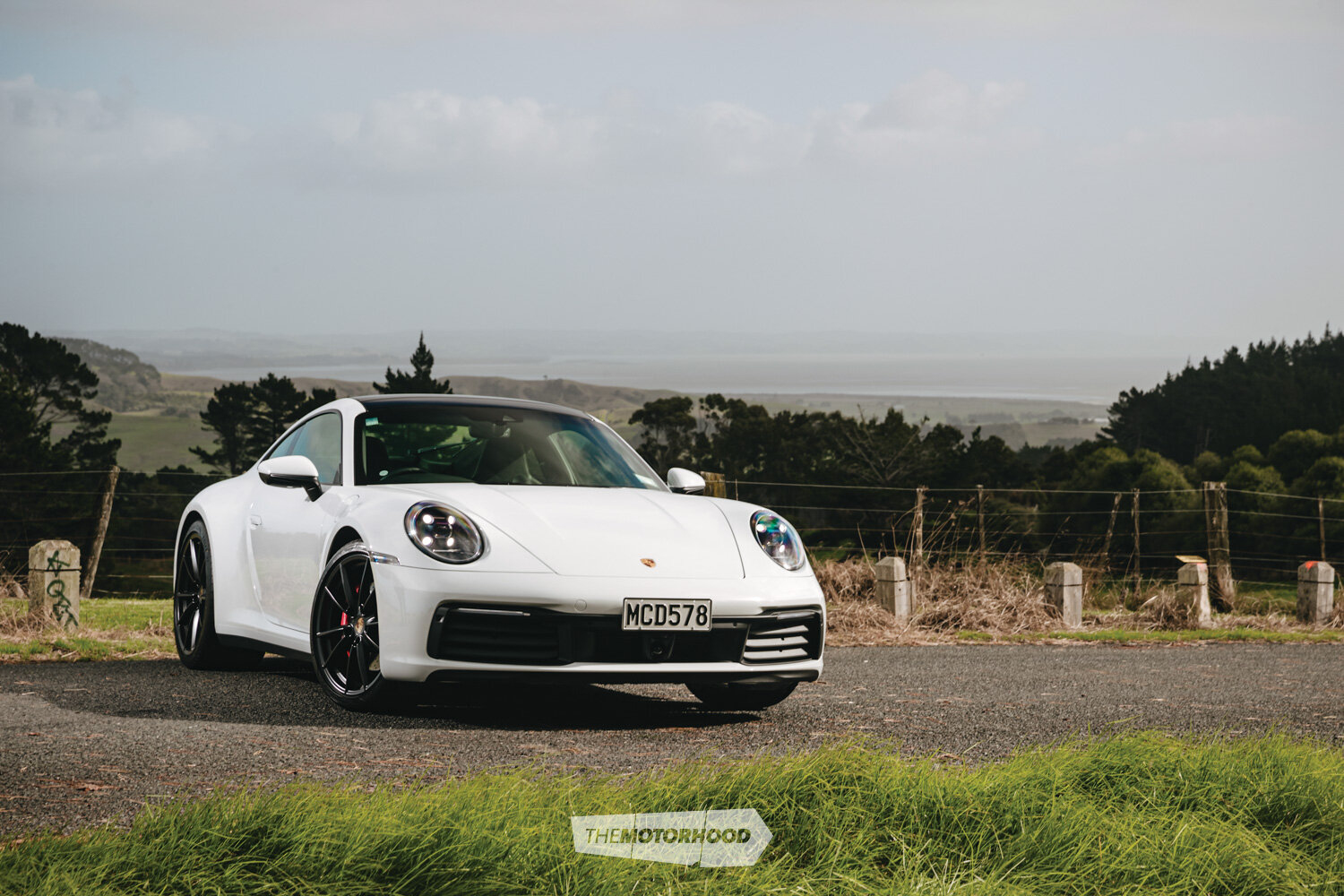
First, the new car
This was going to be interesting. We were lucky enough to have a day with the 992 and the chance to drive both the two-wheel-drive and four-wheel-drive versions. The four-wheel-drive Carrera 4S is imperious. It crushes any unworthy road in its tank-track-like grip. It’s very reassuring for anyone who may be nervous about taking the wheel of such a potent car on a wet road.
The positions of the air filters and intercoolers have been switched and the twin turbos have been redesigned to counter-rotate, mirroring each other on each bank of cylinders. This allows the pipework to be symmetrical, evening up the power from each bank, which has helped increase power by 22kW to a new total of 331kW. New piezo injectors, which can fire in five injections per cycle, also help. The fettled power plant catapults the car up to 306kph, passing 100 in 3.6 seconds. It goes around the Nürburgring five seconds a lap faster than the outgoing model.
That’s a lot of fun to have on tap, but the limits of grip are well beyond where you are likely to go on a first date — even if the reputation of some earlier models for being savagely tail-happy is on your mind.
Eats cobbles for breakfast
The Carrera 4S is massively competent. There’s no doubting this is a technological masterpiece; everything has been dialled in to the finest tolerances, but the car’s sporting qualities are still paramount. It has active damping, where the fluid is magnetically charged to stiffen or relax depending on inputs from a new, dedicated brain, which sends different signals to each corner depending on sensor inputs. In cornering, it will stiffen outside shocks and soften inside shocks as required. The degree of tension dialled into the fluid is infinitely variable and adjusted in milliseconds, giving an incredibly supple ride, even over cobbles, apparently.
In the previous iteration, the active suspension was either on or off. The new version sounds like a big step forward, and it means that this track-ready sports car handled north Auckland’s rumpty rural roads with Jaguar-like aplomb, while still being 100-per-cent Porsche in its responses in the corners. There was only one isolated ridge across the road that it couldn’t prepare for ahead of time that delivered anything like a thump to the suspension.
Secret weapon: headlights
Another example of this precision engineering is evident in the headlights in the upper-crust models. They have 84 LEDs in each lamp, which are controlled individually, with the LEDs aimed at oncoming headlights or overly-bright road signs switching off, even while the rest of the road remains lit like a bomber in a searchlight. Our Porsche rep said that this was one of his favourite features on the new car. Really? The headlights? He said it made driving the car at night almost like driving in the daytime. And that’s a great feature to have in sports car when you want to punt it about on empty roads.

Satisfying the senses
One of the most satisfying things about the 992 is how the engineers have been able to dial in the sensory feedback. The almost supernatural suspension, grip, and steering are immensely satisfying, and make choosing your line almost as much fun as on a sports motorbike. The steering is now 11-per-cent sharper, and six-per-cent sharper on the model with four-wheel steering. You can heighten the experience by flicking between the driving modes.
In Normal mode, the car feels unflappable, with sportiness on tap, just waiting on a flick of the paddle and a press of the accelerator. Flick into Sports mode and the eight-speed double-clutch transmission changes down, the suspension stiffens up, and the car gets eager. I get sniffy about driving modes, but flick into ‘Hypersport’, or whatever the extra option is called in the Sport Chrono pack, and you go down another gear or two; throttle response sharpens; and the excitement, and everything else, switches up. It’s time to go. The changes feel much more dramatic than mode changes in other cars. You can feel the car come alive.
Perhaps the most affecting change of the lot is in the soundtrack. You can flick an Exhaust button on the dash to quieten the cabin if you want to make conversation with your passenger easy, but the difference in aural feedback as you click up through the modes is spine-tingling. Some other cars achieve this by feeding engine sounds through the speaker system; that’s too fake for Porsche. It has built in actual pipes that funnel the sound from the engine and the sports exhaust — a must-have option — into the cabin, controlled by various vanes and shutters. Porsche engineers talk about designing in an emotional response. It feels more powerful than that; it’s like a direct line into your reptile brain, and knowing that it’s a genuinely analogue experience is satisfying.
Another level of pleasure
A quick stop mid-morning adds another level of pleasure when my co-pilot and I swap our 4S for the two-wheel-drive model. It immediately feels lighter in the front, more responsive, and — to me, at least — more like a proper Porsche. After the security of the four-wheel-drive system, it feels like you have to be more alert. As we storm off down the road to catch up with the convoy, a wet bend onto a bridge gives me a second thought: I have 200m of straight-line experience in this car, and it’s not four-wheel drive. But the hesitation is momentary and, as the road tightens and wriggles uphill, I get down to enjoying the car’s neutral handling and knife-like precision. It might be quite a wide car now, but it doesn’t feel it.
Of course, there’s plenty of driver aids keeping everyone safe: dynamic cruise control, lane-keeping and lane-change assistance, and sophisticated emergency braking. It has an infrared system that will distinguish between a child or a dog in the road and a rubbish bin. Apparently, even if you wanted to run over that possum, you couldn’t.
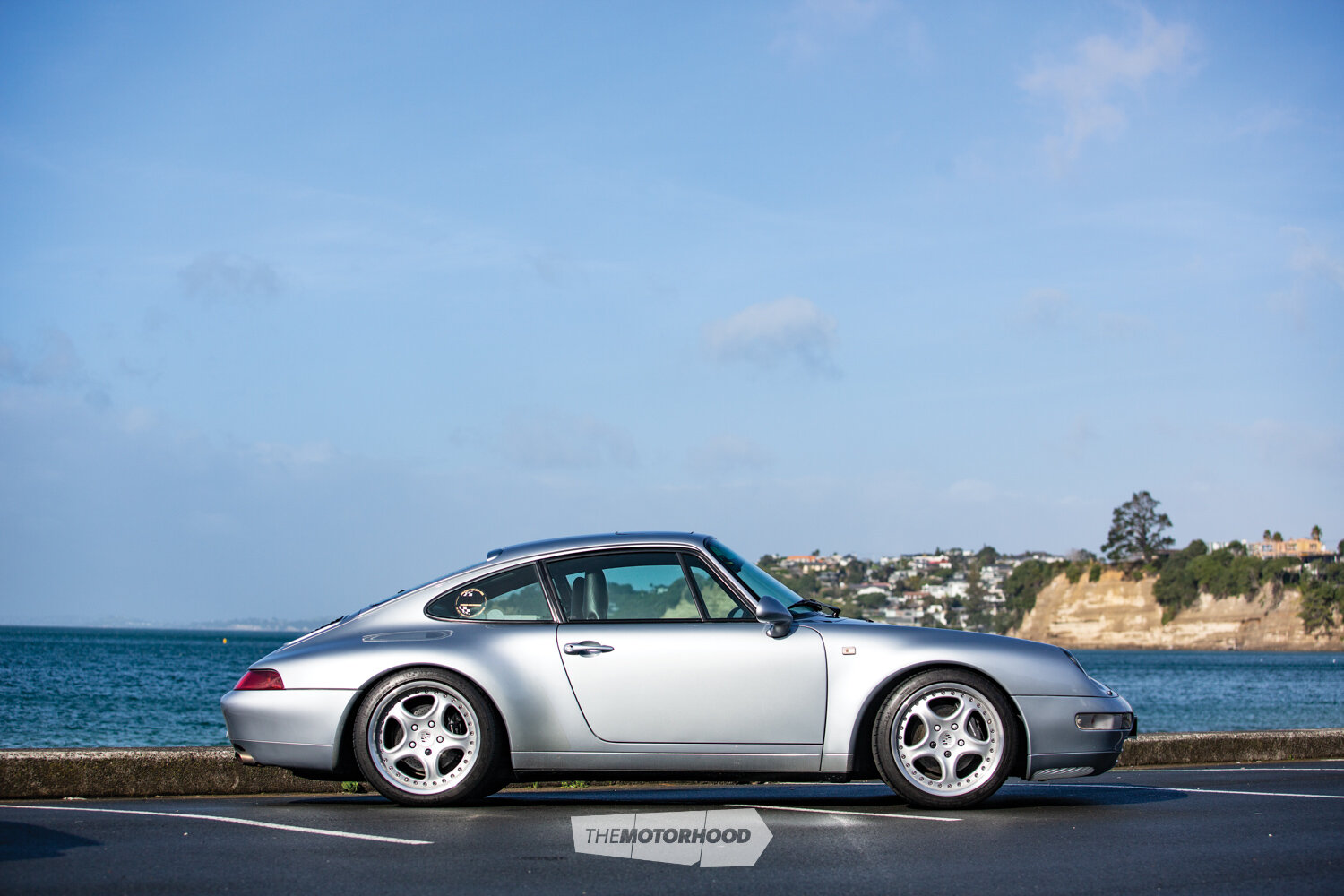
In another example of Porsche’s attention to audio feedback, it has installed microphones in the front-wheel arches which listen out for wet roads. When they hear the hiss or splash of wet tarmac, they alert the driver and suggest Wet Weather mode. Simple and clever!
Interestingly, the four-wheel-drive version costs only a couple of grand more for all that extra hardware, including a water-cooled front diff. (That’s a bankable saving.) However, the Sports Chrono option — without which there is no point in buying the 992 — adds more than $5K to the cost of the ‘standard’ car, but it gives you the extra control of the Sport Plus option. This includes sharper throttle response; customizable control of engine mapping and chassis control, including active sway bars, if fitted; a digital lap-timer clock on top of the dashboard; a track app for your phone; launch control; and Sport Response — a 20-second power boost, just like some racing cars.
Inside, the new dash, with or without the chrono clock, is pleasing to the eye. The long straight lines across the front that also hark back to the original 911, are more open and inclusive for the passenger. It makes a fresh change from the slightly more claustrophobic, driver-centric dashes of most sports cars. The central space is now occupied by the ubiquitous digital display, now measuring 277mm. I’m not a fan of these in general because you have to look at the screen to find the right button — surely a dangerous distraction — but other people seem to like them. Also, there are so many options on this car that it would be challenging and messy to control them all with Bakelite knobs and switches.
There is still a dished and elliptical panel behind the wheel, paying tribute to the shape of several previous 911 dashboards. A tachometer sits in a binnacle in the traditional spot, front and centre, but the other dials are just graphics on the surrounding seamless screen. Each side of the screen can be switched out at the driver’s whim — to a map, for example, or a menu screen. Actually, it’s a good job you can move the contents about, because, in the normal layout, the smaller dials are obscured by the wheel. I think this is the only fault I could find with this car.
And now the classic
Owner David Mackrell is really into Porsches. So much so that he and his family have recently returned from a trip to Austria and the small country town, Gmünd, where Ferry Porsche established the first post-war production facility for the Porsche 356, in an old wooden sawmill.
The mill still stands, and, apart from a small private museum, there was little Porsche fanfare about the place. It meant little had changed, and this, and a visit to Ferry’s grave near the family farm in Zell am See, Austria, provided a framework for a relaxed family holiday/pilgrimage.
David joined the Porsche Club of New Zealand in 1992 with a Porsche 924 and, within 18 months, he was on the racetrack. A good number of Porsches have passed through his hands since, with a hefty leaning towards the performance end of the spectrum. David also has a 991 GTS, the predecessor to the 992, so he knows modern Porsches well too.
He bought this 1994-vintage 993 in 2007, almost on a whim, as it was the desirable six-speed manual. It has a naturally aspirated 3.6-litre flat-six, and it does without the variable valve-timing system introduced the next year. David had told the previous owner that he’d be interested if he ever wanted to sell it. David thought that he’d probably change it for his next track car but, whenever he drives it, he realizes that he could never sell it.


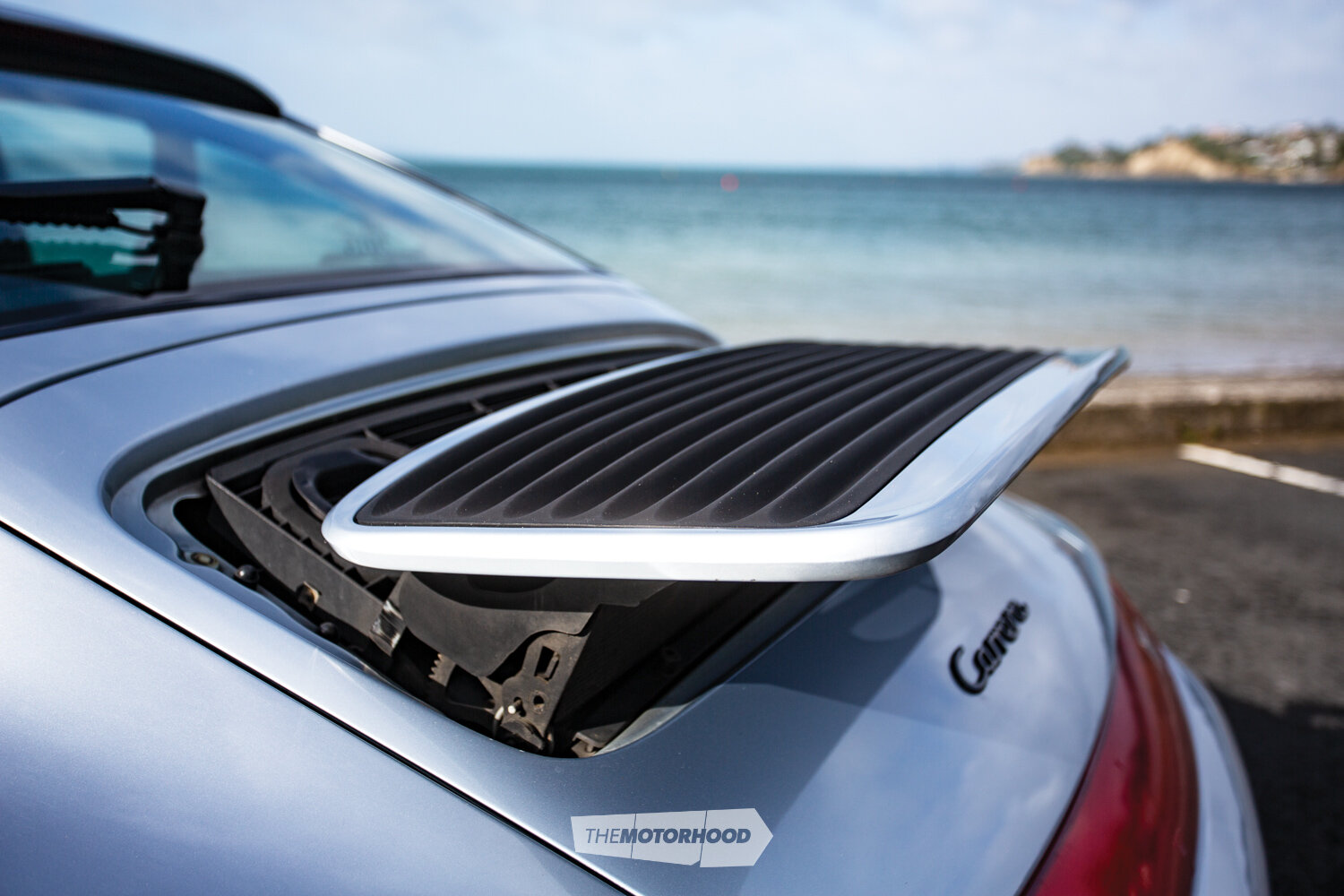

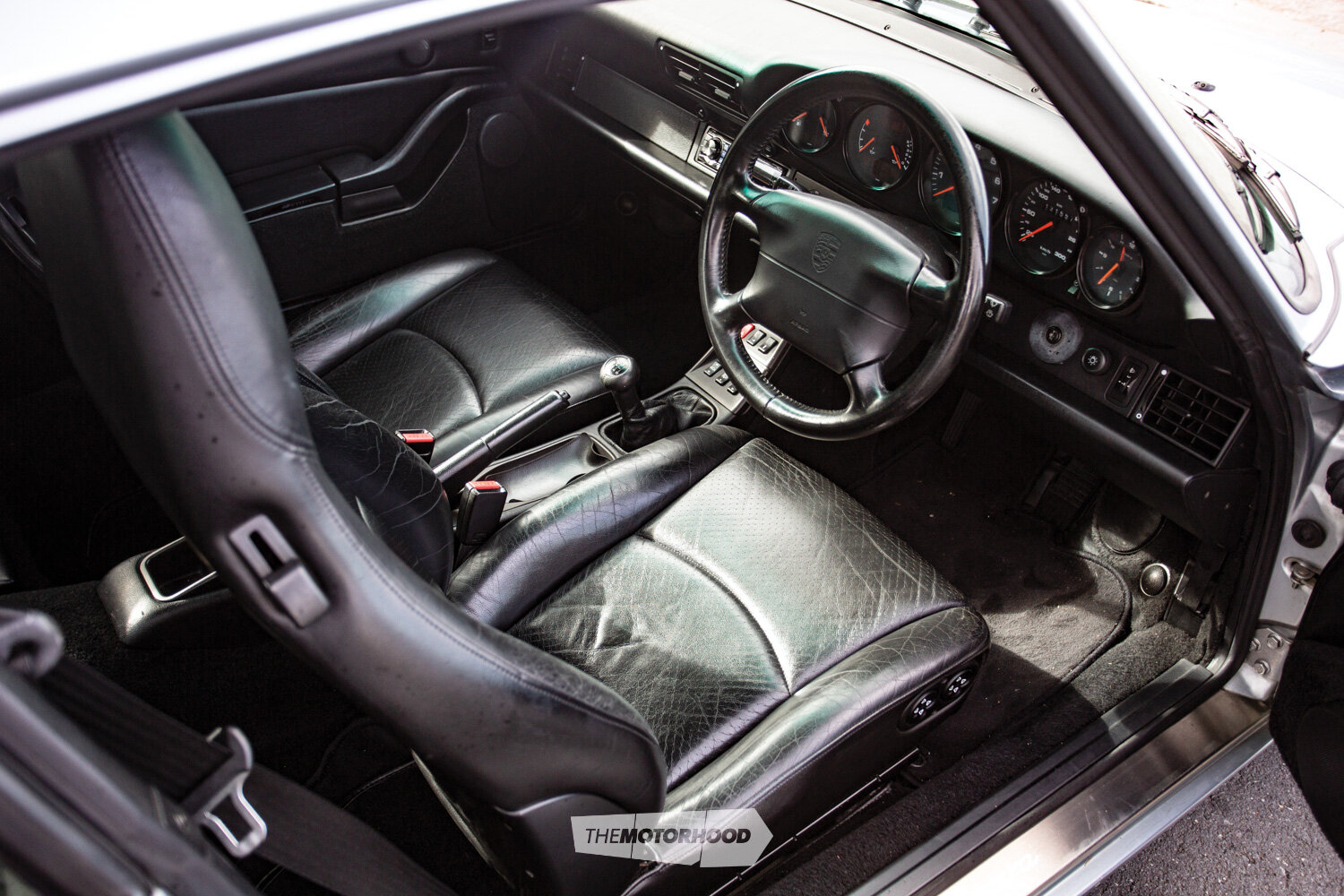
Fulfilling the Porsche mantra
For several years, the 993 fulfilled Porsche’s mantra of being a sports car that David could drive every day. It’s still a favourite car for club events. David and his wife enjoy the closeness you get in the little Porsche 356 — which the 993 also offers, but with the bonus of modern touches such as a demister that works.
“It’s just modern enough to be really comfortable, and, every time we get in it, we enjoy it,” David says.
He places it somewhere between the 991 and being “just about as much fun as the 997 GTR3”.
First impressions for me are that, yes, this is probably the finest Porsche 911 body. The pouty lower lip of the previous 964, which looked tacked on to meet US bumper rules, was reintegrated on this edition, and the shape cleaned up, giving it a pleasing purity that the slightly blue silver paint of David’s car shows off nicely.
Dropping down into the passenger’s seat, the all-black interior snugs in around you. It’s a much smaller car than the 992. The windscreen and side windows are quite close. It’s noticeable, too, after the luxurious car, that the interior finish wasn’t high on the priority list for the 993. It looks very standard German ’90s fare: solid quality plastics but not immune from a tiny bit of heat-cycle twisting. This car came from Singapore originally, and the heat there will have done its work. But that mild surprise does refocus you on the fact that this is a primarily a driver’s car.
David sets off immediately and we get that delicious sensory input from the road and tyres, and the purposeful mechanical thrash of the air-cooled engine, which is very obviously right behind us. There’s no doubt we are in something special.
We take a nice, twisty road, and, again, there’s that unique Porsche feeling of a light front end, unencumbered by the inertial mass of an engine, going just where you point it, while the engine pushes from the rear. It feels right, and makes you think everyone else has got it wrong. I can feel an echo of something … then it comes to me: my first car was a Hillman Imp! OK, go ahead and laugh, but my dad ported and polished the head on its alloy Coventry Climax engine, we fitted a bigger carb and extractors, and that little rear-engined shopping basket kept my mate’s Mini Cooper honest.
Fast and safe
It’s my turn to drive. I slot into the driver’s seat and notice that the wheel is offset a bit, and the pedals a lot. David warns me that they are also very close together.
It feels odd at first, but, within seconds, I’m comfortable and confident. The revs rise sharply when I double-declutch, meaning that I can speed up the change. There is also more low-down torque than I expect, so I don’t need to drop a cog as often as I do — I just want to. Either second or third would have worked fine for all of these bends.
Just like the newer car, you can place this car exactly where you want it, but with bags more room to spare on narrow roads. That confidence in the front end — that you can pull it in whenever you want — is a real joy. It means that if a corner tightens on you unexpectedly, you can get aggressive and push it round with the help of the throttle — but that would be rude in front of a generous owner. Instead, I enjoy taking wider motorcycle lines into corners, which let me spot the apex early, and aim and fire early, which makes for safe and fast progress.
There’s no doubt that the ride is harsher than in the freakishly good 992, especially in this car, which has slightly lowered suspension. So the new car is a much better GT car. The electrickery in the 992 means you can dial the responsiveness up and down as required. That means similar responses to the 993 are on tap, and at higher overall speeds. But, as David says, the 993 is still comfortable; it just gives you real feedback all the time, in doses that would be perfect for a spirited or even gentle Sunday drive, or a crack around the track, or even on the way to work.
There’s no doubt that the new car is better in almost every measurable way; it does everything that the 993 does, and much more. It’s like a 993 plus a GT car. I guess for people who spend the rest of their time in SUVs, it’s necessary to also have that big car feel in a 911, but, for me, the 993 reminds me of how much you don’t need. You don’t need a pipe for engine acoustics if the engine’s right behind your backside; a luxurious interior doesn’t affect how the car feels to drive; and being small, and light, and beautiful, is the essence of real sports cars — for some of us, at least.
So which would you want? The price of the 993 is now around $120K, and, while you can get a basic 992 for around $100K more than that, Porsche doesn’t expect to sell any at that spec. A Carrera 2 with Sport Chrono and sports exhaust could cost around $250K. So, twice as much, but then you do get two cars in one. The 992 and 993 are two different propositions, but the unbroken line that connects them is not just in their looks.
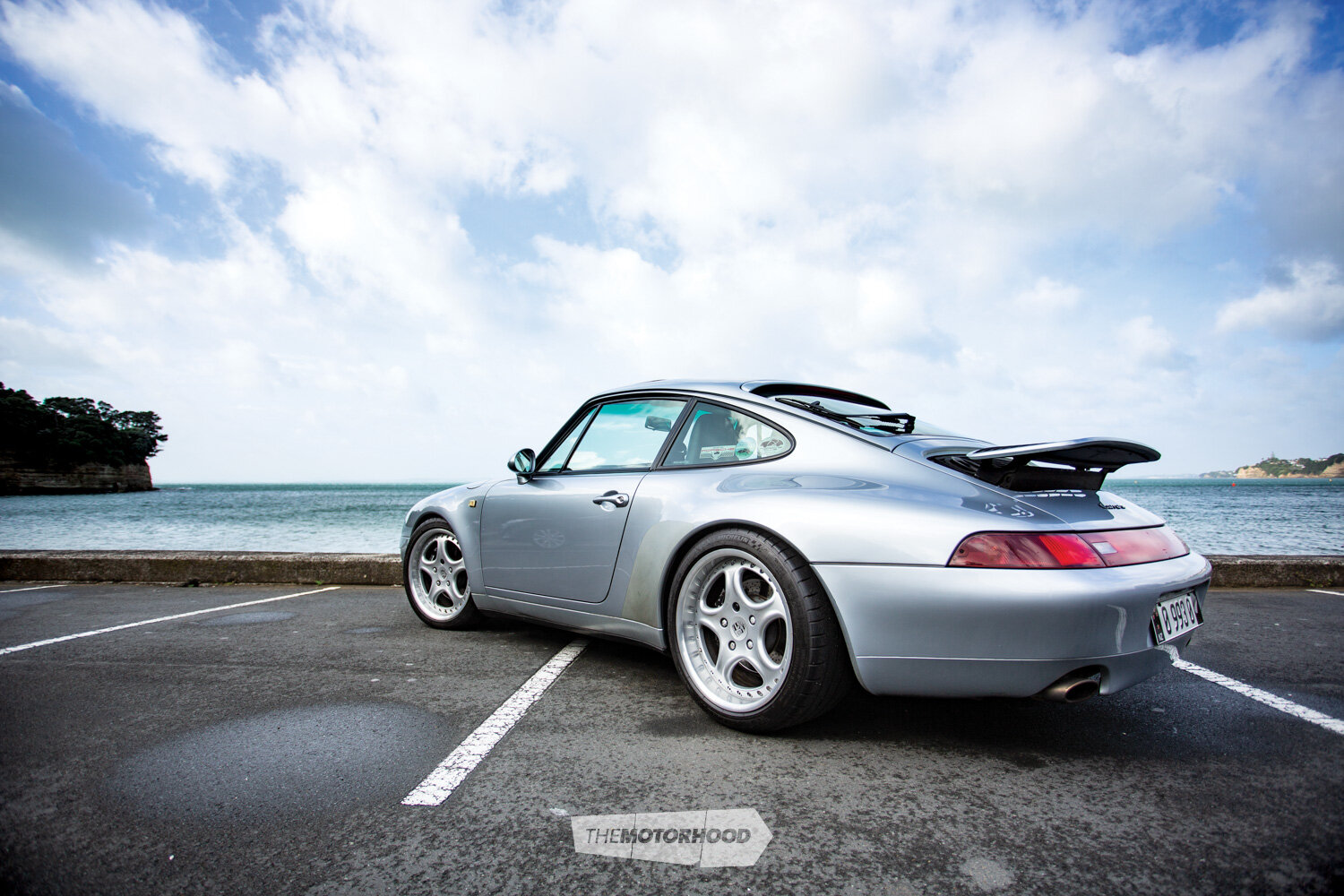
This article originally appeared in New Zealand Classic Car issue No. 344

